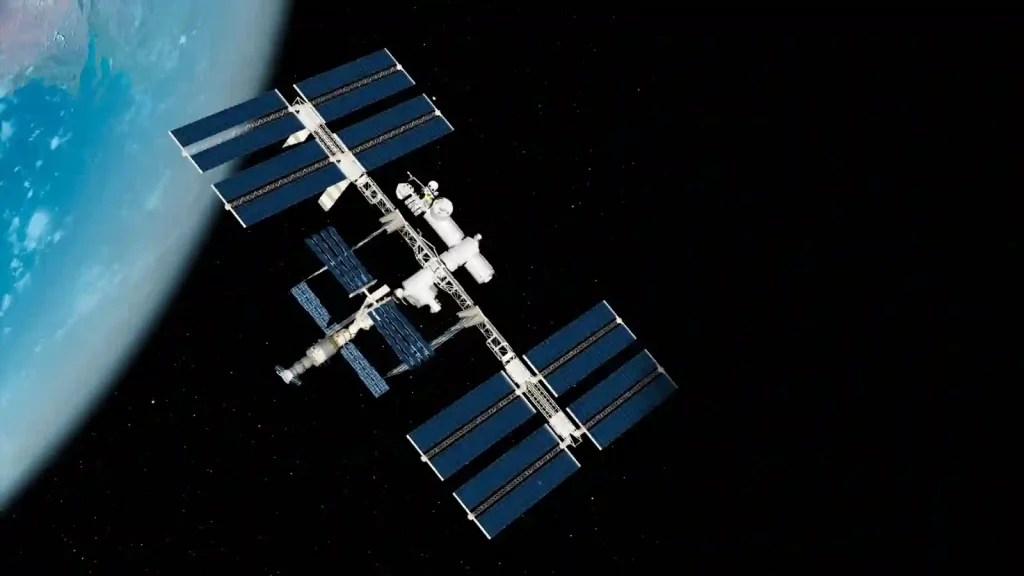Light1 CubeSat, the UAE-Bahraini nanosatellite was released with great success in collaboration with the Japan Aerospace Exploration Agency (JAXA), from the International Space Station.
Light1 CubeSat
Light1 CubeSat is a partnership initiative of the UAE Space Agency, Bahrain’s National Space Science Agency, New York University (NYU) Abu Dhabi, and Khalifa University of Science and Technology.
JAXA synchronised the Tsukuba Space Centre (TKSC) in Japan, and the event was broadcast live on social media portals. The launch was also live-streamed on JAXA and Bahrain’s NSSA National TV.
The Light1 CubeSat characterises the territory’s primary scientific mission to monitor and study Terrestrial Gamma-ray Flashes (TGFs) from lightning and thunderstorms.
Data accumulated from the Light1 CubeSat will be spread worldwide to underpin scientific analysis and inspire collaboration with research centres around the globe.
The team that designed and developed the Light1 bus comprises 22 university students from Khalifa University, including ten Emiratis, nine Bahrainis, and three international students, counselled by Dr Firas Jarrar from the Yahsat Space Lab.
The NYU Abu Dhabi team of five Emirati students and international students were counselled by Dr Francesco Arneodo, Programme Head of Physics, and Dr Mallory Roberts, Professor of Physics.
Mariët Westermann, Vice-Chancellor of NYU Abu Dhabi, stated that he would like to heartily congratulate the incredible team of students and faculty at NYU Abu Dhabi on their charities to the historic mission, especially their work relating to the scientific payload.
Salem Butti Al Qubaisi, Director-General of UAE Space Agency, stated that the UAE had made humongous treads in its space journey over the past few years, and the successful positioning of their Light1 CubeSat nanosatellite into orbit is the most significant breakthrough. Qubaisi was grateful to all their partners across Bahrain, the UAE, the USA, and Japan for their assistance in making the mission a reality.
Meanwhile, Dr Mohamed Ebrahim Al-Aseeri, Chief Executive Officer of Bahrain’s National Space Science Agency (NSSA), stated that he was pleased to extend his highest felicitations and sincere blessings to His Royal Highness Prince Salman bin Hamad Al Khalifa, the Crown Prince and Prime Minister, to the leadership of the United Arab Emirates, and His Majesty King Hamad bin Isa Al Khalifa, The King of Bahrain, on the event of the successful release of the Bahrain-UAE Joint Satellite (Light1 CubeSat) to its space orbit.
Dr Al-Aseeri stated that they were very grateful to their kin at the Emirates Space Agency for their liberal support and good collaboration found during the execution of the joint project.
Shiho Ogawa, Director of JEM Utilisation Centre for Human Spaceflight Technology Directorate, JAXA, stated that the Light1 CubeSat team and JAXA had overcome all the problems they witnessed during the development of the project. The Light1 team realised the deployment of the satellite from Kibo. Ogawa was pleased to underpin the Light1 CubeSat project.
Light1 CubeSat will calculate the impact of high-energy gamma-ray emissions on the atmosphere, human health, and air traffic, particularly flight crews. The rays can infiltrate aircraft structures, and hence the Light1 data will enhance the understanding associated with radiation exposure.
